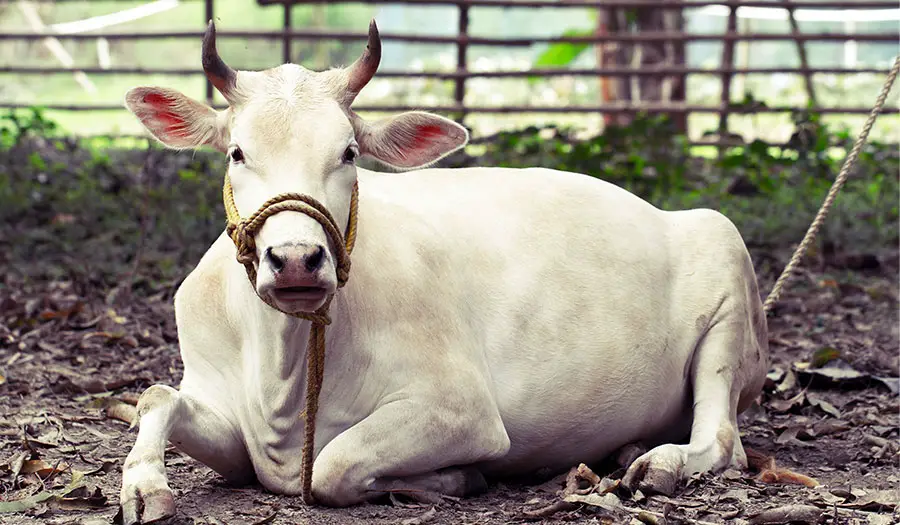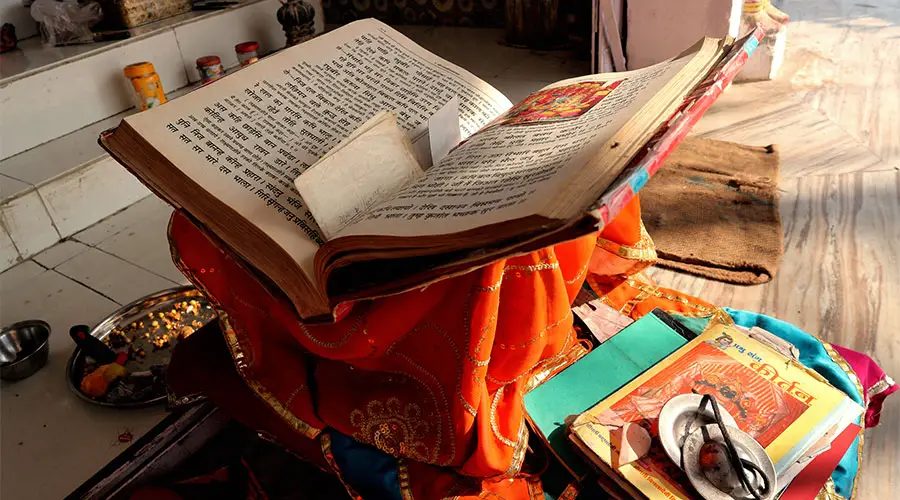Although Kali Yuga is the worst of the Hindu ages and very difficult to live in, it is followed by a new and wonderful time in Human history. In this article we are going to look at what happens after the Kali Yuga age.
Kali Yuga is followed by the Satya Yuga cycle, which is the golden age. Kali Yuga comes to an end with cataclysm, as the worst characteristics of greed and hatred come out in humanity, and then Shiva destroys the world. Then Satya Yuga begins, characterized by austerity, cleanliness, truthfulness, and kindness.
By destroying the world, Shiva resets dharma, or cosmic law, and ushers in the following Satya Yuga cycle, the time when human goodness is at its highest level. You can read more about Shiva the Destroyer here.

Understanding the Yuga Cycles
In Hindu astronomy, there are massive patterns called yuga cycles, which get repeated every 4.32 million years. Within the process there are four different chapters or yugas, and each have their own characteristics. The world has already gone through 71 yuga cycles.
Each Yuga has a different length, as they each one is ¼ less time than the previous yuga. This forms a numeral pattern of 4-3-2-1. Kali Yuga is the shortest and lasts 432,000 years. It started in the year 3102 BCE, around 5000 years ago, and we are currently living in it. Each age has a dusk and dawn period, which is one-tenth of its overall length.
The Four Yuga Cycles
| Name | Number of Years | Last Start Date |
|---|---|---|
| Satya Yuga | 1,728,000 | 3,891,102 BC |
| Treta Yuga | 1,296,000 | 2,163,102 BC |
| Dvapara Yuga | 864,000 | 867,102 BC |
| Kali Yuga | 432 000 | 3102 BC |
The four legs of Dharma the Bull
An important concept in Hinduism is dharma, which means cosmic law. Dharma is the universal truth that underlies how people treat each other in a good society. The word dharma also means ‘duty’, and is described as a bull. The four legs of the bull represent the four aspects of dharma: austerity, cleanliness, truthfulness, and kindness. In the Satya Yuga age of the Yuga Cycles, the bull is standing on all four legs. But as each age passes, the bull is standing on one less leg, until Kail Yuga, the bull of dharma is only standing on one leg, as dharma is in its worst state, and humans behave at their worst.

The Characteristics of Kali Yuga
Kali Yuga is the worst time of the Yuga Cycle, as truth, mercy, and human goodness all reach their lowest levels. The importance of material wealth becomes exaggerated and prioritized during Kali Yuga, and justice is only available to those with money. Relationships are formed purely on physical attraction rather than a deeper connection.
The world experiences famine, and people resort to eating whatever they can, including leaves and roots. The suffering from famine will be amplified by fighting and distrust amongst people. People will no longer care for their elderly family members, and will abandon all family ties and friends in the pursuit of money. The religious and political leaders will act only to serve their own appetites, with no regard for the benefit of the people.
During the time of Kali Yuga, some spiritual teachers believe that there is no point in even trying to teach meditation, yoga, mantras, and other advanced spiritual practices. During Kali Yuga, devotion is the only thing that people are able to comprehend, that will help them.
Kali Yuga ends in cataclysm, ushering in the following age
Kali Yuga ends with a cataclysm, while humanity is at its very worst. This resets dharma, which is an important concept in Hinduism and Buddhism, and basically means the cosmic law that governs social order and human decency. After the cataclysm, we will enter into the next cycle: Krita Yuga.
Kali Yuga is followed by the Satya Yuga age
After the end of Kali Yuga, the Yuga cycles returns to Satya Yuga, the longest and most pleasant of the four. Satya Yuga is also called the age of truth, or the golden age, and is the time when human behaviour is at its purest.
Characteristics of Satya Yuga
The Satya Yuga age is sometimes referred to as the golden age of humanity because it is characterized by righteousness rather than wicked behaviour. Human goodness rules, and
people exist in a state of bliss. They are pure souls who have freshly incarnated into this world. They are free of selfish desires, and treat each other with respect and kindness.
The world becomes so ethereal during the Satya Yuga that speech becomes unnecessary. People are able to simply think what they want to communicate and send the message to each other’s minds.
Satya Yuga is followed by the Treta Yuga age and then the Dvapara Yuga age
The Treta Yuga age is the second and also second best of the ages. Treta is a Sanskrit word that means “three things”, and is called that because three Avatars of Vishnu are seen during this time. Vishnu is a principal Hindu god, who descends to earth in the form of avatars to restore cosmic order.
Next is the third age, called Dvapara Yuga. It lasts 864 000 years and is less pure than Treta Yuga, but more than Kali Yuga. In Hindu belief, this age came to an end when Krishna returned to his eternal abode of Vaikuntha.
Origins of the Yuga Cycles
The exact origins are unknown, but it is believed they were observed and recorded shortly after the very first Vedic writings, several thousand years ago. The yuga cycles are written about in numerous Vedic texts, including the Vishnu Smriti, Mahabharata, Manusmriti, Puranas, and the Bhagavata Purana. You can learn more about the holy books of Hinduism by clicking here.

When Does Kali Yuga end?
There is disagreement about when Kali Yuga ending. The most widely accepted answer is that it will end in the year 428 899 AD, and we have just recently entered Kali Yuga. But others believe that we are actually coming close to the end of Kali Yuga, that the cataclysm to end it will occur in this century, and we will enter Satya Yuga. Popular Indian guru Sadhguru calculates the cycles as being much shorter than they are generally thought of, and that we have already ended Kali Yuga, and will enter into Treta Yuga in the year 2082.
Recommended Reading
If you want to continue exploring this subject more deeply, you can see which books I recommend by clicking here.
